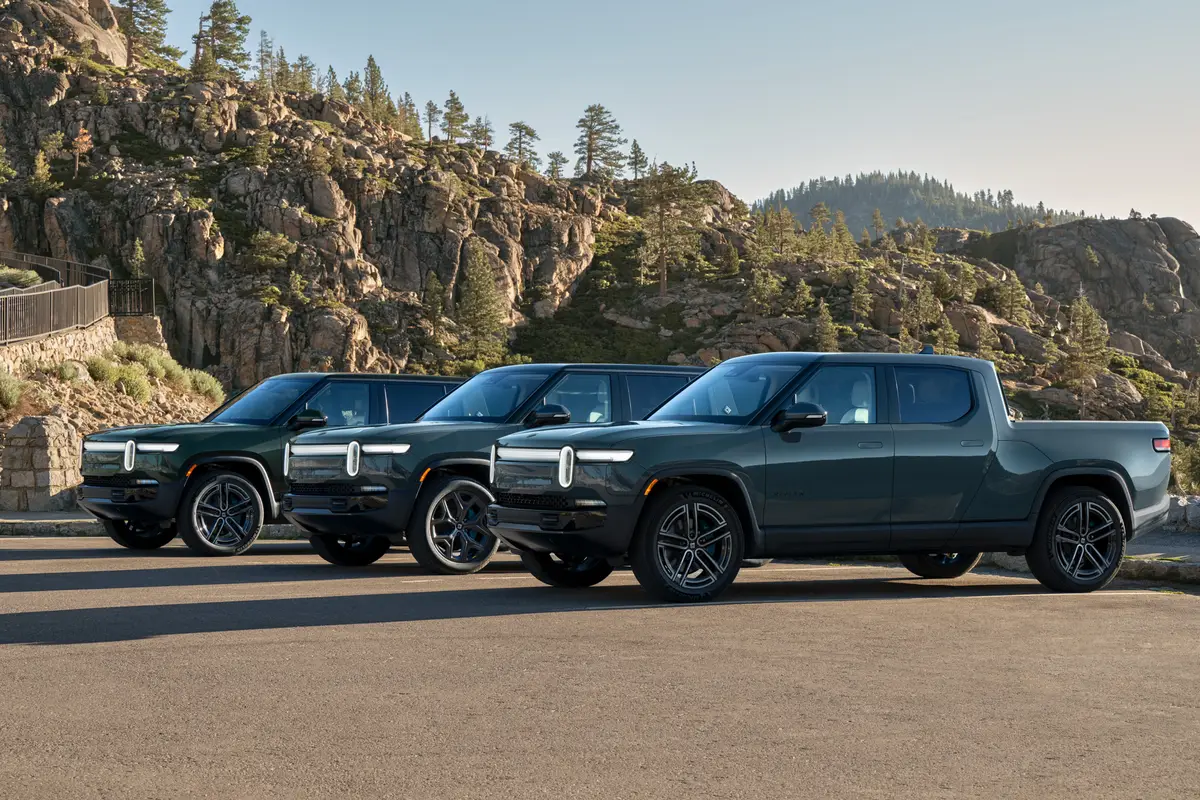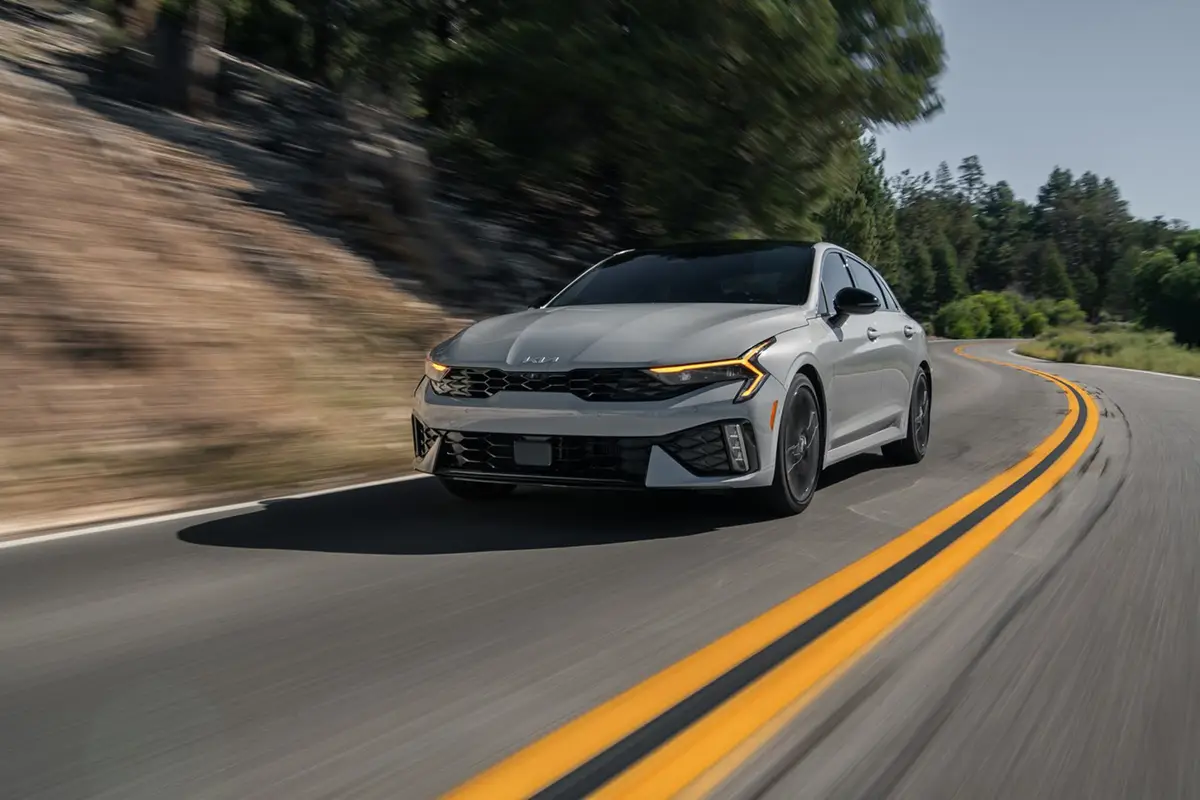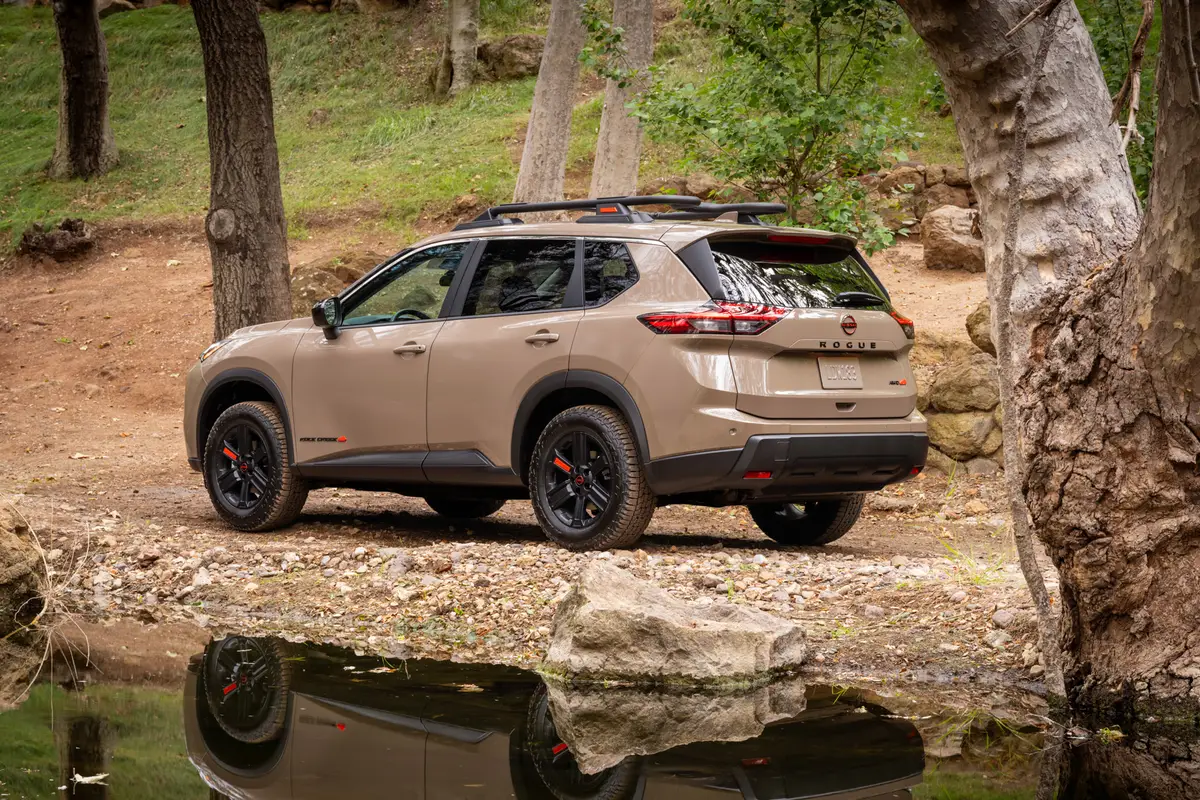Star-Telegram.com's view
For those of you seeking a more-fuel-efficient vehicle big enough to haul the whole family, yet one that doesn’t make you feel as though you’re cramming everyone into a sardine can, Mitsubishi just might have the answer with its Outlander compact crossover.
The Outlander was completely redesigned for 2007, entering its second generation. The new model offers a third row seat, with capacity for up to seven people; the original model had room only for five.
For 2008, Mitsubishi introduced two new Outlander versions, including the new generation’s first four-cylinder model, the entry-level ES, which arrived just in time to help consumers navigate through $4-a-gallon gasoline prices. ES prices begin at $19,990 (plus $695 freight) for the front-wheel-drive version, and $21,350 for all-wheel drive.
There is even a new sporty, uplevel four-cylinder model, the 2.4 Special Edition or SE, which carries a base price of $23,330 plus freight for the front-drive model – our test vehicle — and $24,690 for the all-wheel-drive version.
The V-6 models are the LS ($22,610/front-drive; $23,970/all-wheel drive) and XLS ($23,850/$25,210).
Unfortunately, neither of the four-cylinder models is yet offered with the third row of seating. It’s included only on the XLS.
When it was introduced in fall 2006, the redesigned Outlander came only with the V-6, while the previous generation was offered only with a four-cylinder. Mitsubishi said its consumer studies at the time – when gasoline was still just over $2 a gallon – showed that American buyers would overwhelmingly prefer a V-6 over a four-cylinder, and the upgrade seemed to make sense at the time.
But as gasoline reached $3 last year, Mitsubishi moved quickly to add a four-cylinder to the Outlander, and this is the engine that makes the most sense with today’s uncertainty over fuel prices. While prices have fallen back from $4 to as low as $3.60 at some stations I’ve seen, most Americans firmly believe that’s a temporary break and that prices will rise again.
Besides allowing Mitsubishi to offer the Outlander with a lower price, the four-cylinder brings 20 percent better city fuel economy – it’s EPA rated at 20 miles per gallon versus 17 for the V-6. The highway ratings for the four- and six-cylinder models are the same – 25 mpg.
Four-cylinder models come with a continuously variable automatic transmission or CVT, while the V-6 versions have a six-speed automatic. No manual transmission is available. A manual might find some takers these days, since it could raise the fuel economy even more, and lower the Outlander’s entry price a bit as well.
The four-cylinder engine is a new 2.4-liter that came from a joint development effort among partners Chrysler and Hyundai. It’s rated at 168 horsepower and 167 foot-pounds of torque. That compares with 220 horsepower and 204 foot-pounds of torque for the 3.0-liter V-6.
The ES is actually well-equipped for everyday driving. Standard equipment includes electronic stability and traction control, air conditioning, an AM/FM/compact-disc audio system with six speakers, front seat-mounted side air bags and side-curtain air bags for all rows, cruise control, four-wheel disc antilock brakes with electronic brake-force distribution, power windows/mirrors/door locks with remote, and an engine-immobilizing security system.
The 2.4 SE model (our tester) comes with some extras, including 18-inch aluminum-alloy wheels, a 650-watt Rockford-Fosgate audio system, chrome outside door handles and side sills, exclusive interior door-panel trim with chrome handles, Mitsubishi’s FAST key entry/start system (the key remains in the driver’s pocket or purse), high-contrast gauges, mesh fabric seats with leather bolsters, and magnesium paddle shifters on the steering wheel for (clutchless) manual shifting of the CVT.
One reason the four-cylinder was introduced was to compete with the hot new 2008 Nissan Rogue, a four-cylinder compact crossover whose starting price is $19,995. But the two best-selling models in the segment – the Toyota RAV4 and Honda CR-V – also have four-cylinder engines. There is a V-6 available in the RAV4, but the CR-V comes only with a four.
The RAV4 is the only other vehicle in this class with the third seat, however, unless you include the smaller and lighter Kia Rondo, which comes with a choice of a four- or six-cylinder. The Rondo is more like a small wagon than a boxy crossover, however.
Others in this class include the Ford Escape/Mercury Mariner/Mazda Tribute; Chevrolet Equinox/Saturn Vue/Pontiac Torrent; Subaru Outback; and Suzuki Grand Vitara. None of these has a third seat available.
The redesigned Outlander brought some features that, at the time, had not been seen in this market segment. They included a unique two-piece tailgate, an odor-neutralizing headliner, and the six-speed automatic transmission with manual paddle shifters on the steering wheel.
The new Outlander seems to outclass its competitors on just about every front, although the RAV4 does offer more power with its optional V-6 (269 horsepower).
There has been an Outlander in my family since 2003, and it’s been a great vehicle. Now in its fifth year, ours has never had to go into the shop for anything more than routine oil changes. Not many new cars are that trouble-free.
The newest Outlander is longer, higher and wider than its predecessor. That allows for more interior space and the addition of the third seat, which is designed hold children, not adults.
The new model also has a wider track, designed to make the vehicle more stable. To aid in stability and prevent rollovers, electronic stability and traction control were added. The vehicle’s roof is made of aluminum and weighs just 11 pounds, helping to lower the center of gravity.
A multi-link rear suspension and the placement of the fuel tank and spare tire lower on the body helped lower the center of gravity and give the Outlander a cargo floor that is eight inches lower to the ground than in the previous model.
The cargo area is longer, wider, and higher, allowing two bicycles to be carried inside with their front wheels removed. This can be accomplished only with the third seat folded into the floor and the middle seats folded and tumbled forward.
One cool feature is the “flap-fold” rear tailgate. The larger portion of the two-piece tailgate – containing the fixed rear window – flips up like a conventional liftgate. A smaller section folds back like the tailgates on old station wagons. It has a built-in flap that covers the gap between the tailgate and the cargo floor so packages can slide in without falling into the gap.
The lowered tailgate also can serve as a seat or picnic table for a tailgate party, and can hold up to 440 pounds.
The Outlander’s new headliner absorbs cigarette-smoke odor and decomposes it into water and carbon dioxide, the automaker said. It’s also designed to absorb and decompose formaldehyde. To further reduce odors, Mitsubishi eliminated adhesives in the interior, instead using phenol-free felt in the assembly of interior parts, the company said.
There is a center-dash storage compartment that opens with a push of its lid, and is big enough for small items. Next to that is a large, two-tier glove box, which has a card and penholder in the lower section. The glove box is illuminated and lockable.
A compartment overhead holds sunglasses, and the center console between the front bucket seats has a padded armrest on top that can slide 2.5 inches front or rear.
Under the armrest, there is a tray suitable for a cell phone, and a larger compartment that can hold up to 10 compact discs. There also is a 12-volt power outlet in the tray, with a slot that allows a cable such as that of a cell-phone charger to pass through.
The door armrests have integrated cupholders large enough for bottles up to 16 ounces. There are two more cupholders in the center console, and there is a slide-out cupholder on each side of the dash.
An armrest that can be folded down in the middle of the second-row bench seat has two cupholders. And on top of each of the rear-wheel housings is a small storage compartment. On the right side wall of the cargo area, there is a hidden compartment that also has a 12-volt power outlet.
An available luxury package for the XLS ($1,600) brings leather upholstery for the first two rows of seats, heated front seats and a power-adjustable driver’s seat. Also offered on the XLS is a navigation package ($1,800) and a sun-and-sound package ($1,610), which adds a sunroof and the Rockford-Fosgate audio system.
Our vehicle came with no options, although there are a few available, including a $1,999 navigation/audio system that has a 30-gigabyte hard drive for music storage. Total price of our tester was $24,025, including freight.
The Outlander’s warranty is one of the best in the industry. Bumper-to-bumper coverage is for five years/60,000 miles, and includes 24-hour roadside assistance and towing to the nearest Mitsubishi dealer, but only for problems covered by the warranty. An extended powertrain warranty covers 10 years/100,000 miles, and there is seven-year/100,000 mile anti-corrosion protection.
The automotive columns of G. Chambers Williams III have appeared regularly in the Star-Telegram since 1995. Contact him at 210-250-3236; chambers@star-telegram.com.
2008 Mitsubishi Outlander
The package: Compact, four-door, five- or seven-passenger, four-cylinder or V-6 powered, front- or all-wheel-drive sport utility.
Highlights: The second generation of Mitsubishi’s compact crossover SUV made its debut for 2007. It’s larger and roomier, and now comes with an optional third row of seating. It has a new V-6 engine, but a four-cylinder was added back to the mix for 2008.
Engine: 2.4-liter inline four-cylinder; 3.0-liter V-6.
Transmission: Continuously variable automatic (I-4); six-speed automatic (V-6).
Power/torque: 168 HP./167 foot-pounds (I-4); 220 HP./204 foot-pounds (V-6).
Length: 182.7 inches.
Curb weight: 3,395-3,781 pounds.
Brakes, front/rear: Disc/disc, antilock.
Cargo volume: 36.2 cubic feet (third seat folded); 14.9 (behind third seat).
Towing capacity: 1,500 (I-4); 3,500 pounds (V-6) with optional tow package, 2,000 pounds without.
Fuel capacity/type: 16.6 gallons (2WD); 15.8 gallons (AWD)/unleaded regular.
EPA fuel economy: 20 miles per gallon city /25 highway (I-4, 2WD or 4WD); 17/25 (V-6, 2WD); 17/24 (V-6, 4WD).
Base price range: $19,990-$25,210, plus $695 freight.
Price as tested: $24,025, including freight (SE 2WD).
On the Road rating: 9.3 (of a possible 10).
Prices shown are manufacturer’s suggested retail; actual sales price may vary.
Latest news



